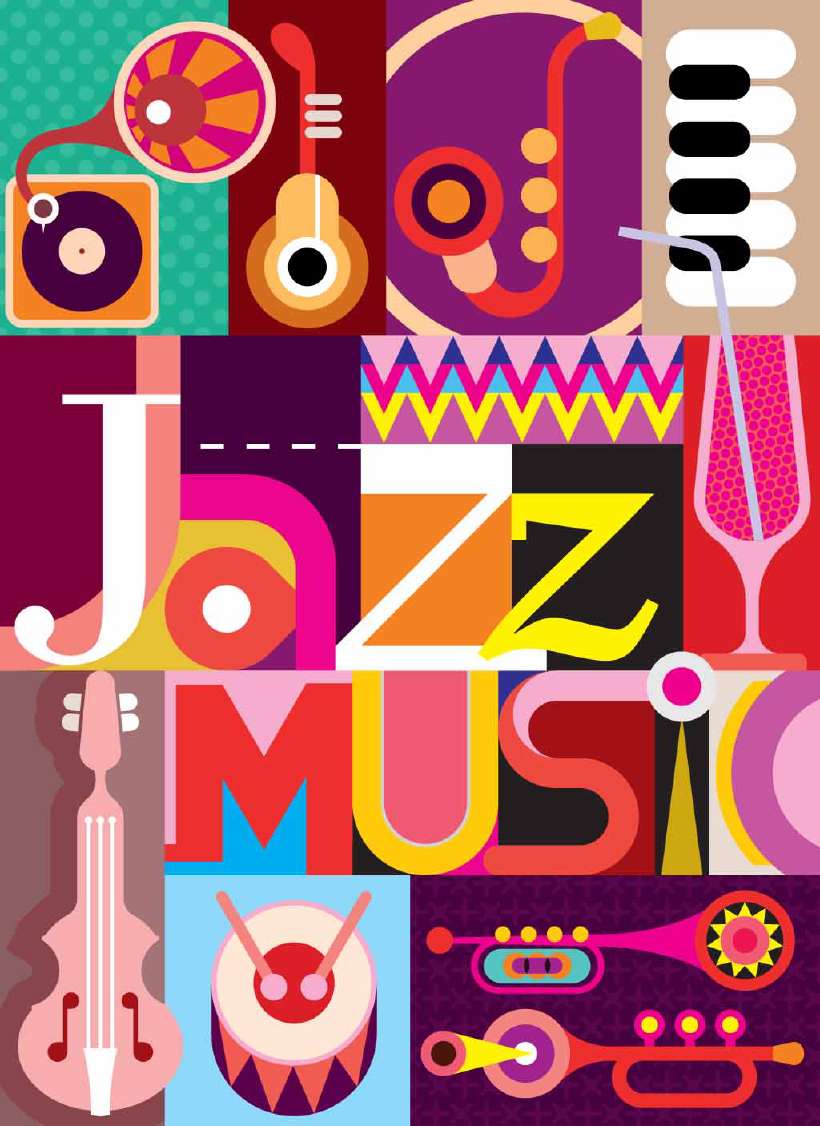Where did Jazz Originate?
Home / Science for Kids / 5Ws & H For Kids / Where did Jazz Originate?
One has just to blow a note on a sax and your feet start tapping to the rhythm and your body starts swaying to the music. That’s Jazz for you. Ragtime, hip-hop, be bop, cool, blues – the very names make your finger snap and do a Texas two-step, no?
Jazz has often been called the only art form to originate in the United States, though even this is not exactly true. Jazz, is a kind of music that was sung or played by the African slaves in the plantations of America. In the 18th and 19th century, Africans were lured or kidnapped from their villages and sold in faraway America as slaves to work in large plantations.
After a hard day’s labour, these people would gather together and sing, both to forget their worries and also to teach their children about the land and culture they came from.
Different forms of musical notes from various cultures flowed across the Southern United States during the late 1800s. They were part of the cultural baggage that immigrants brought from their countries to the land that was the melting pot of cultures, America.

Jazz music thus, grew from a combination of African folk music and rhythms, Caribbean and black American music, as Africans have a very strong culture of singing and dancing.
Early jazz music was basically the Blues, a soulful and heart-rending composition with simple and repeated harmonies performed by black musicians who had little or no training in Western music.
The Blues was especially widespread in the American South. This was because the American South had the largest number of plantations and so also the largest numbers of slaves. Jazz instrumentalists have long exploited the blues as a vehicle for improvisation.
Apart from its musical influences from Africa, the Caribbean, Latino rhythms, instruments like the clarinet and the saxophone also influenced the sound of jazz.
By the middle of the 19th century, jazz grew in popularity and its sound became influenced by musicians with formal training and classical backgrounds.
In the late 1890s a musical style evolved from St Louis called Ragtime. Its popularity quickly spread to other parts of the United States. This music style emphasized on formal composition and was played on the piano. The music was energetic and lively and quite different from the piano concertos associated with Western classical music. Naturally people loved it.
From New Orleans in the American South in 1900, came a fuller Jazz, developed and refined by the French Creole. The Creoles are people of Caribbean origin, mainly from Haiti, once a French colony.
The city had its own tradition of band music for street parades and this type of jazz was sometimes referred to as classic jazz, traditional jazz, or even Dixieland jazz. (During the American Civil War in 1865, the Union of the North and the Confederacy of the South were divided by the Mason-Dixon line. Since then, the American south is sometimes referred to as Dixieland.).
New Orleans was the musical home of some of Jazz music’s greatest composers and players. These included cornetists Buddy Bolden and King Oliver, cornetist and trumpeter Louis Armstrong, pianist Jelly Roll Morton among others.
Jazz soon spread from New Orleans to other parts of the country. A New Orleans Jazz band led by Fate Marable played on riverboats plying on the Mississippi River.
The earliest Jazz recording was made in 1917 by a New Orleans band called the Original Dixieland Jazz Band. In 1920, Mamie Smith recorded ‘Crazy Blues’. Soon Jazz records were selling faster than could be recorded or produced.
At the same time, radio became a popular feature in every home and commercial radio stations featured live performances from New Orleans, St Louis, Chicago and New York city.
Jazz was actually widely appreciated as an important art form in Europe even before it gained popularity in the United States. Today, with variations in style and music, musicians from all over the world are making major contributions to jazz music.
672 words |
6 minutes
Readability:
Grade 9 (14-15 year old children)
Based on Flesch–Kincaid readability scores
Filed under: 5ws and h
Tags: #texas, #america, #americans, #caribbean, #jazz music
You may also be interested in these:
Amelia Earhart
Who is the real McCoy?
How did the Teddy Bear Get Its Name?
All the Presidential Men
Illiterate Americans